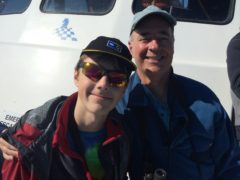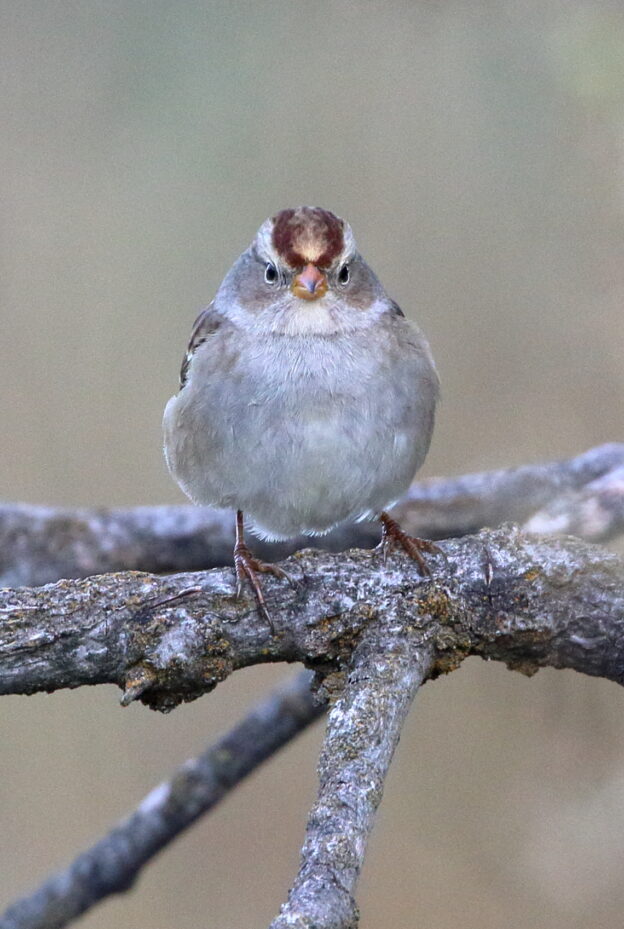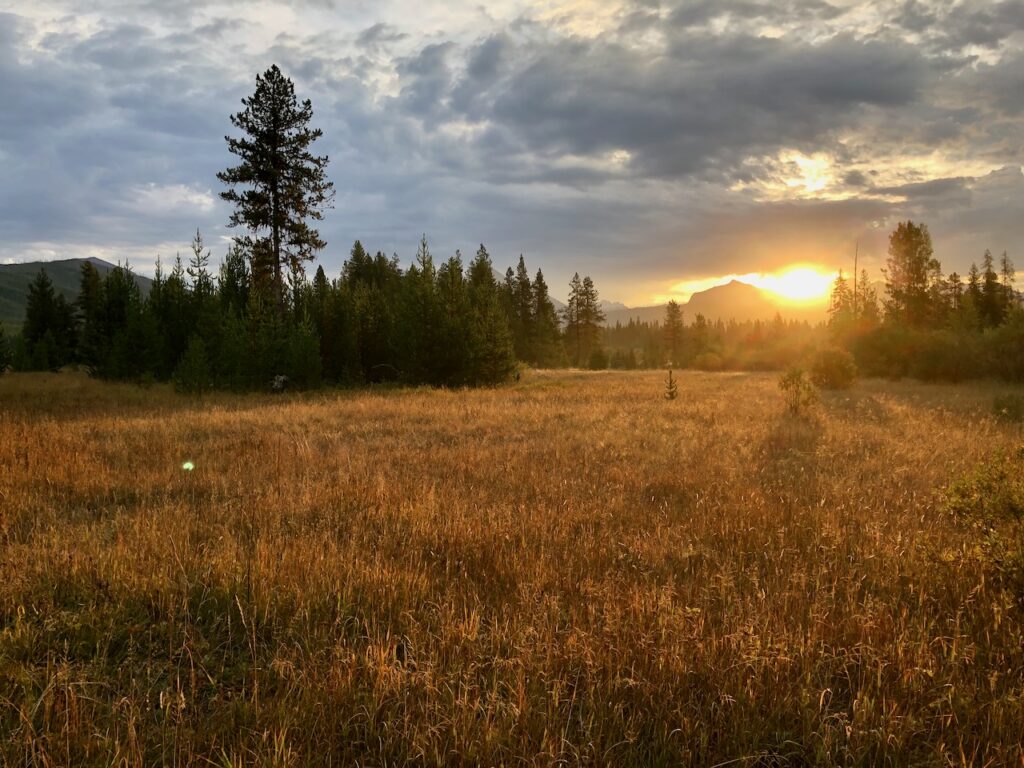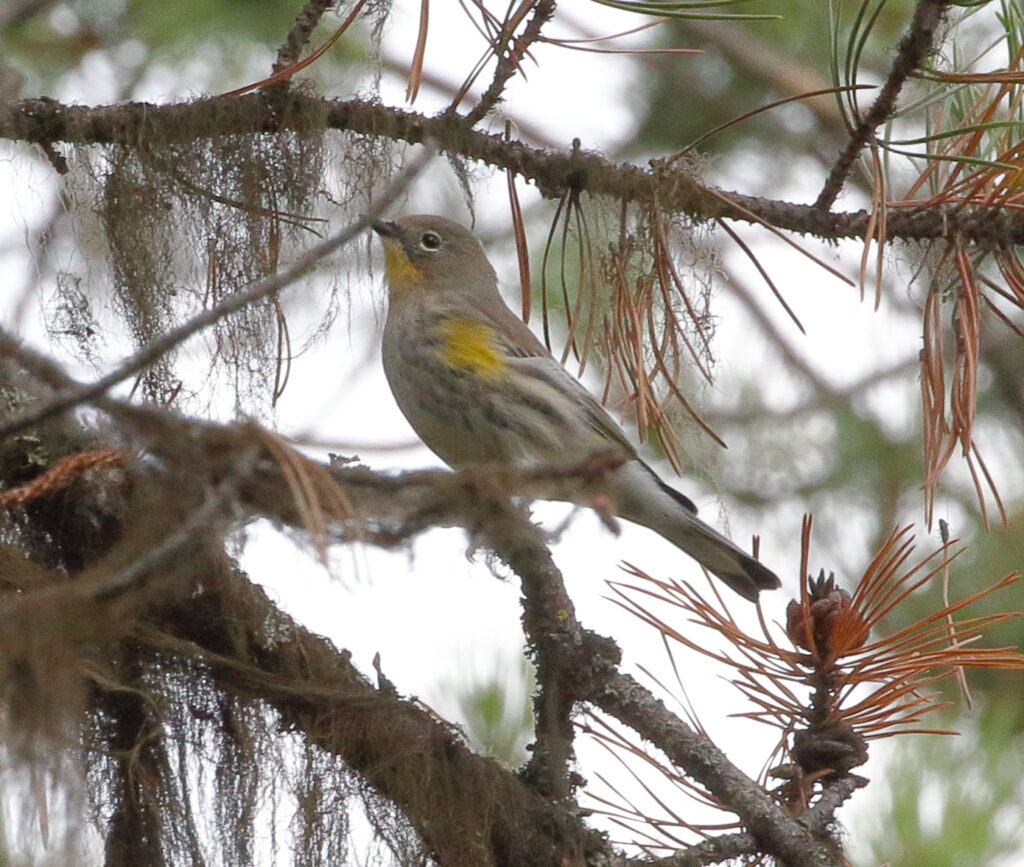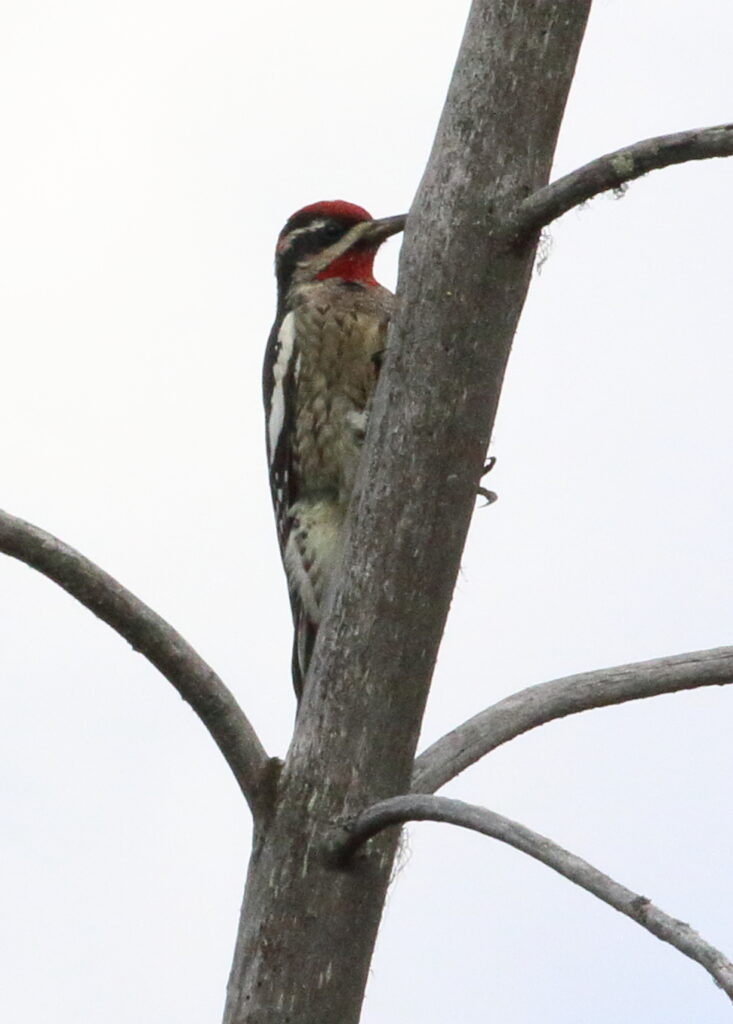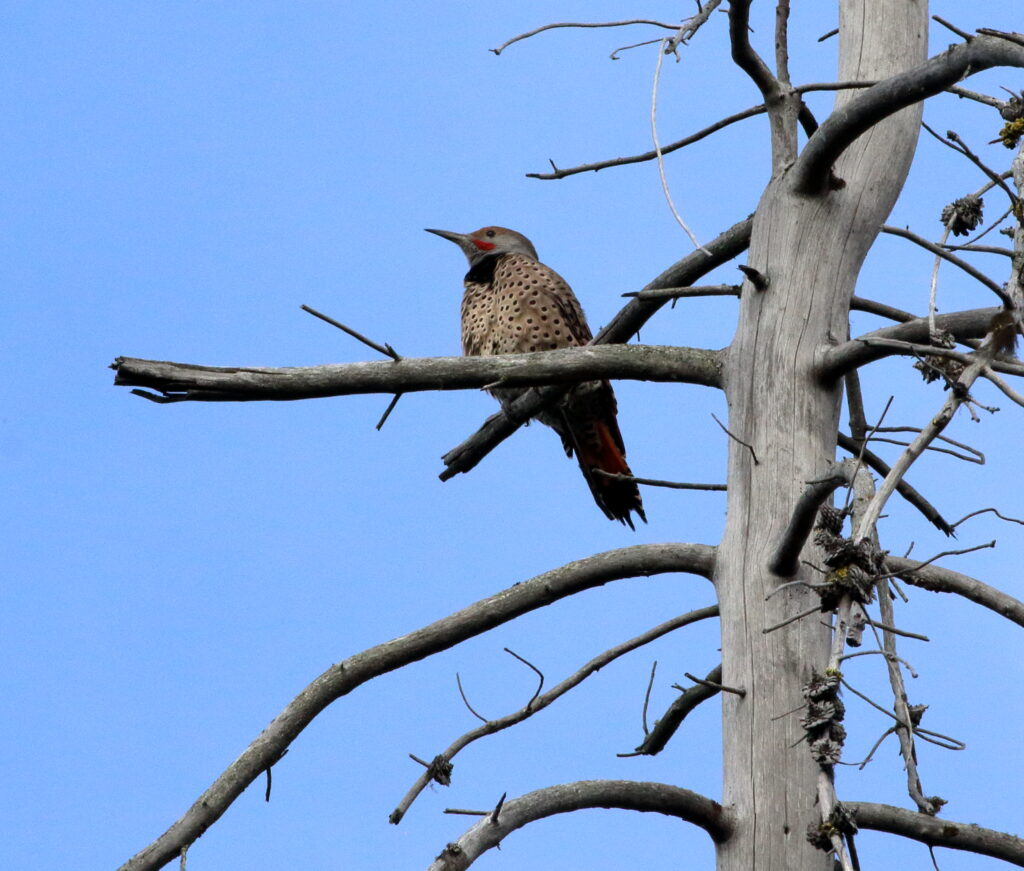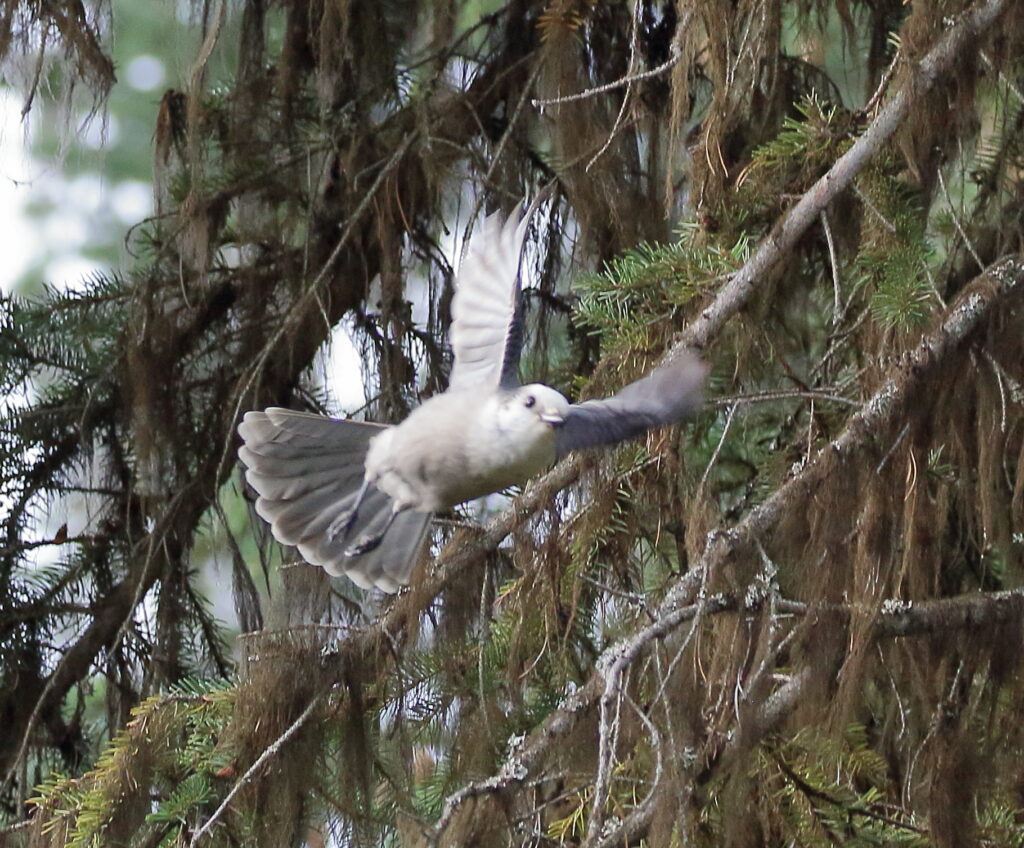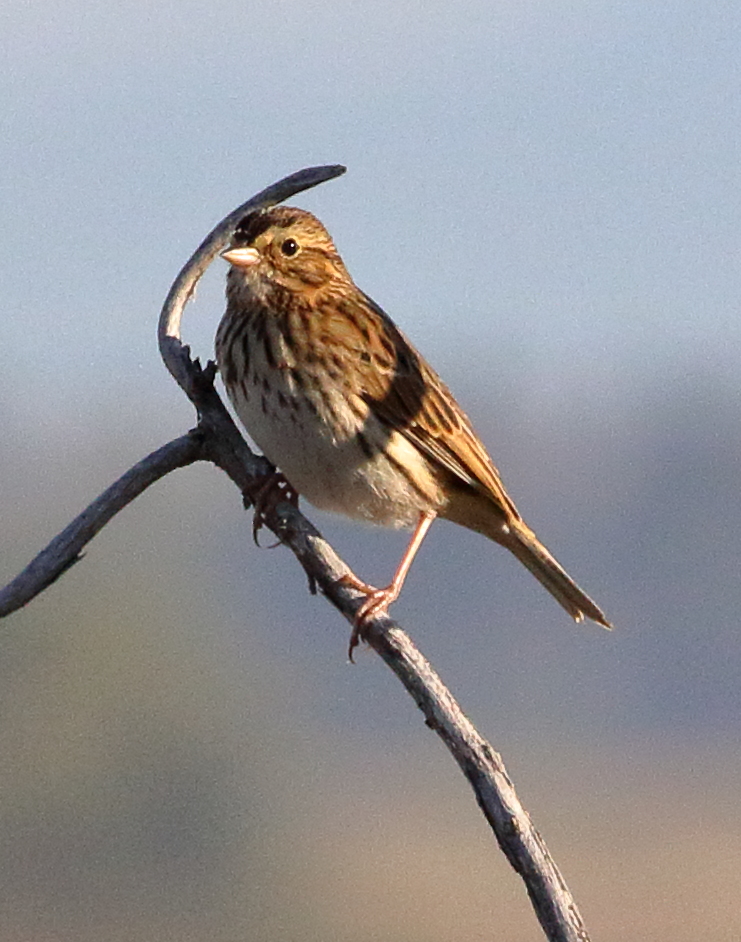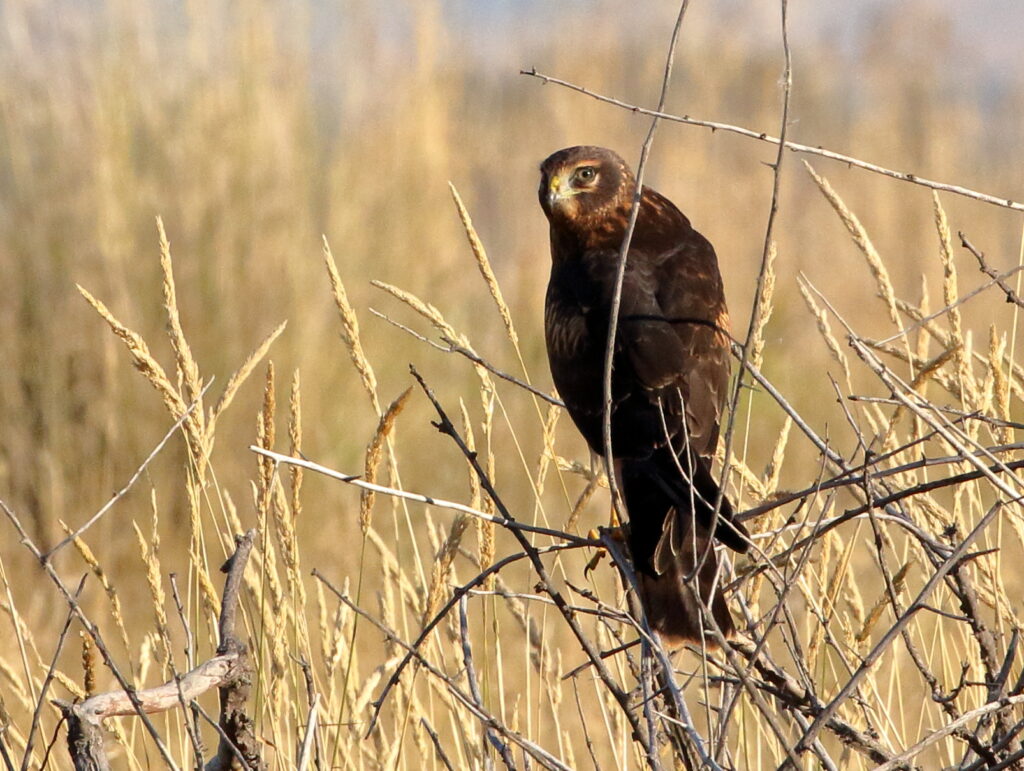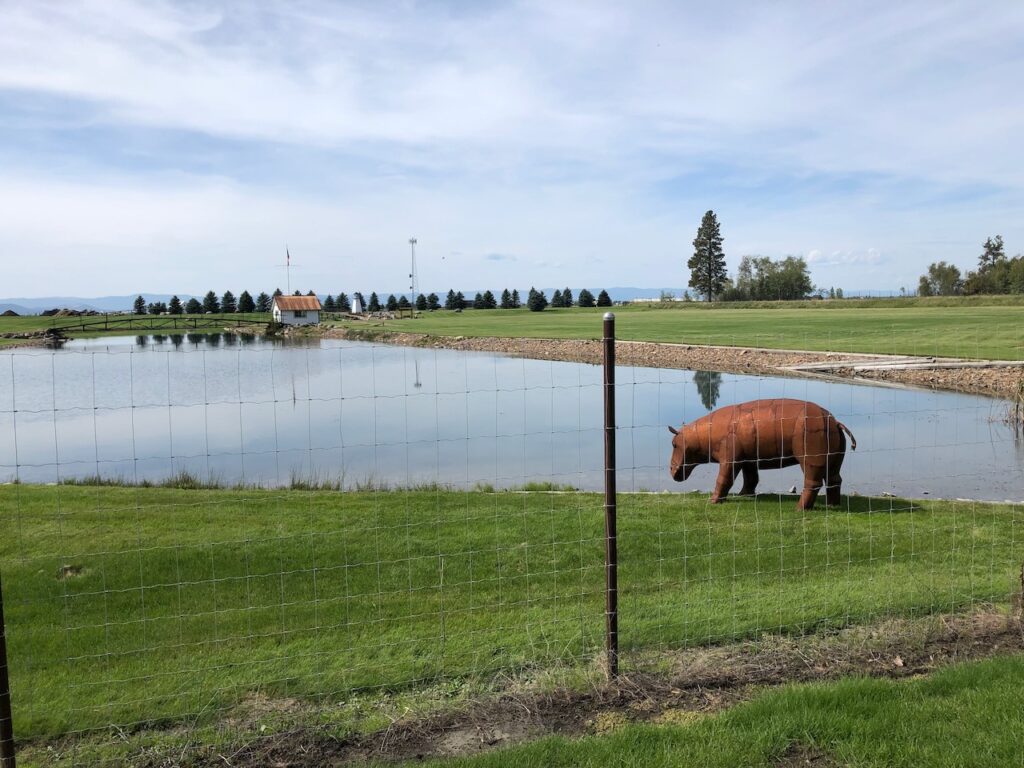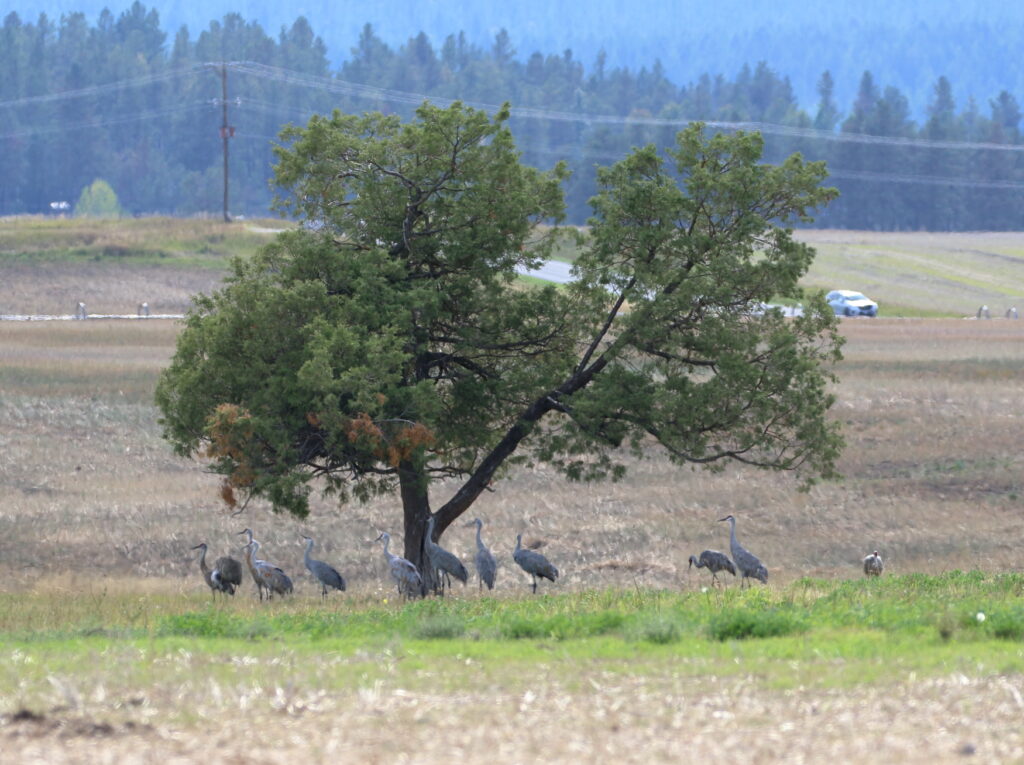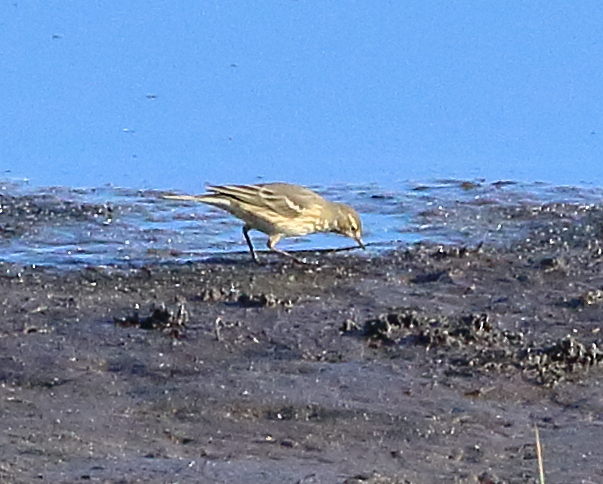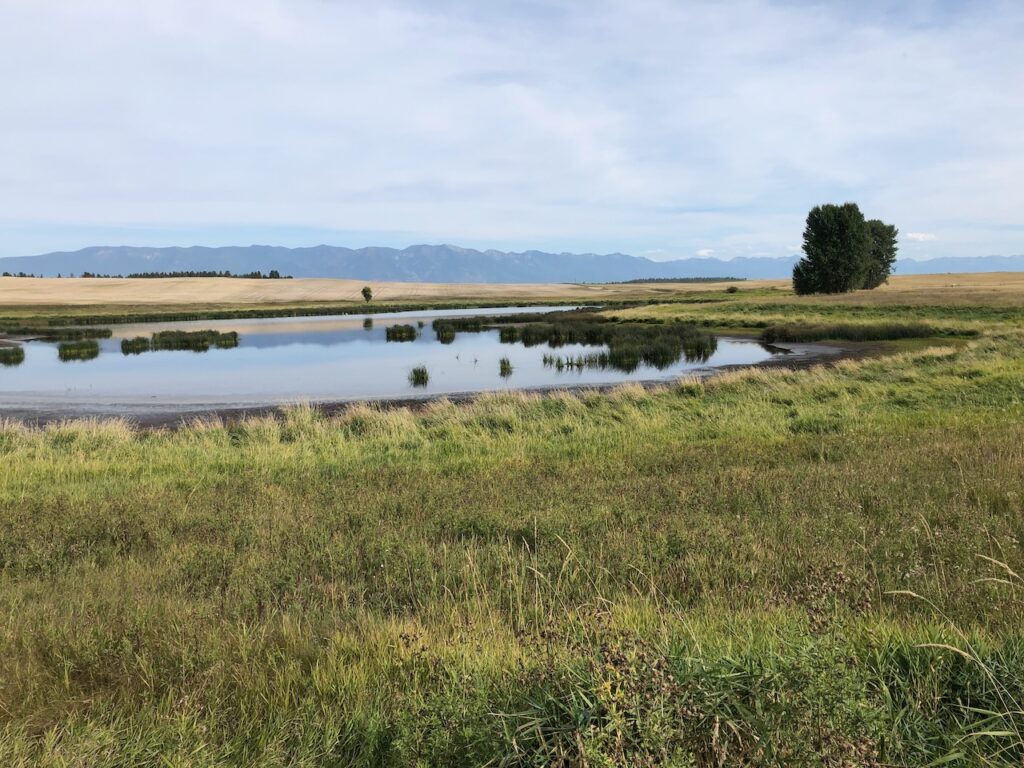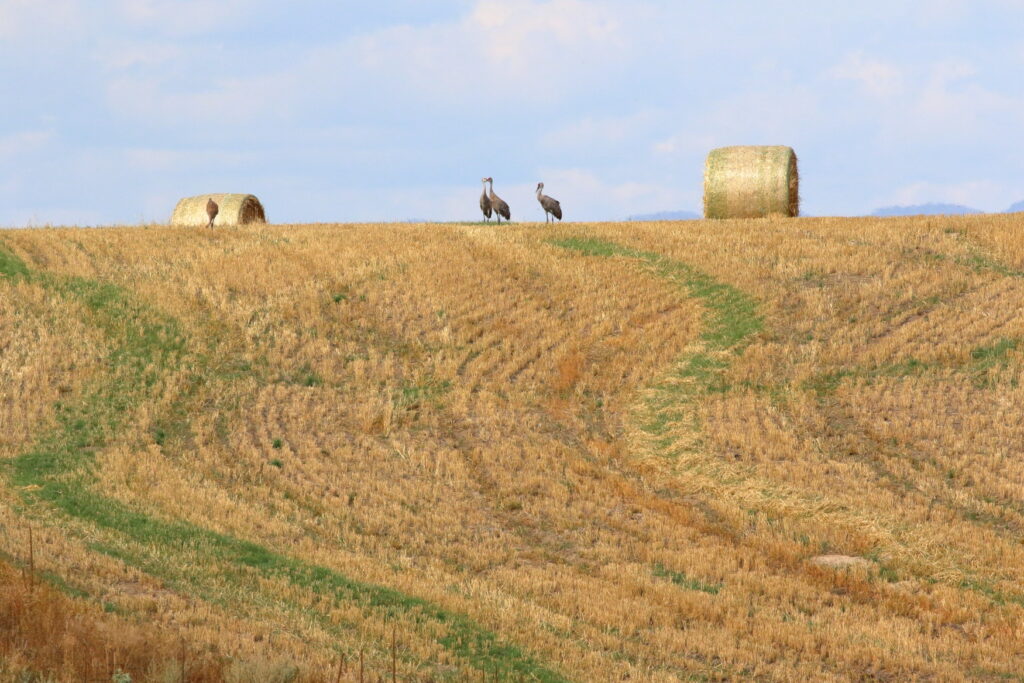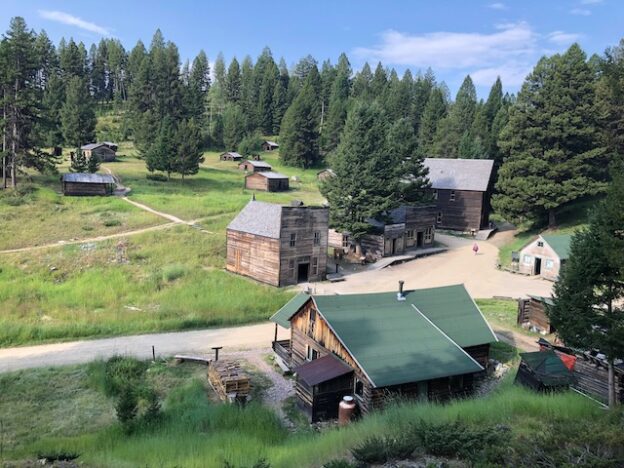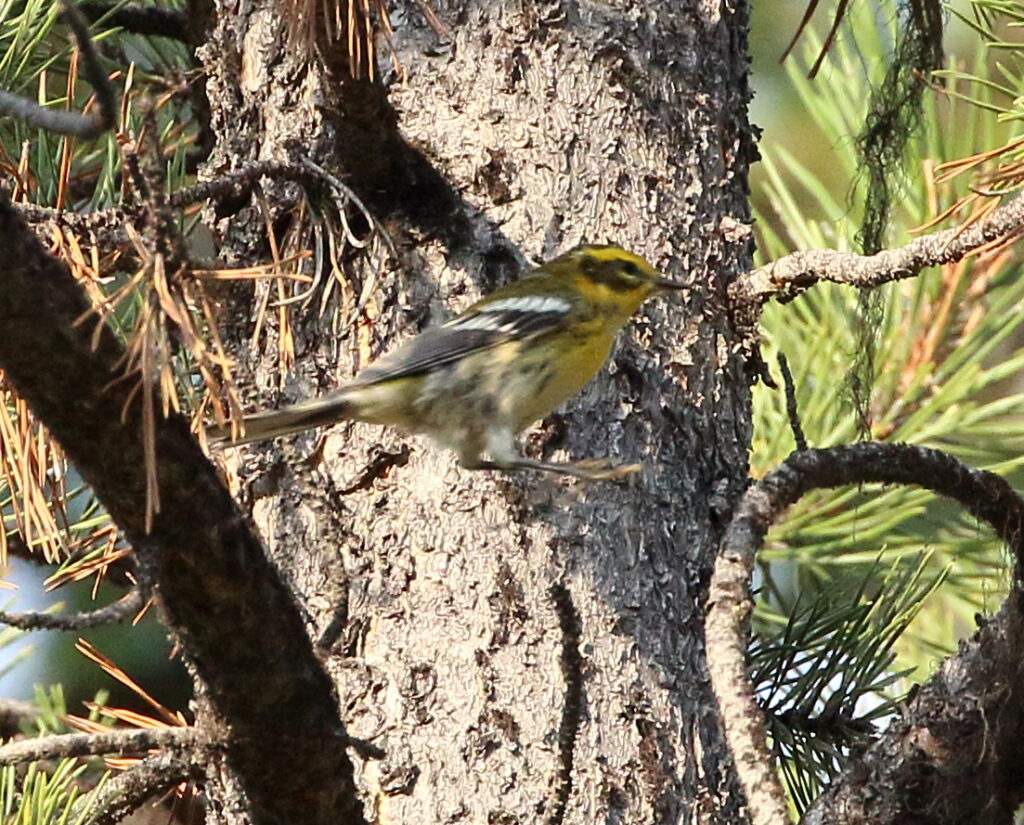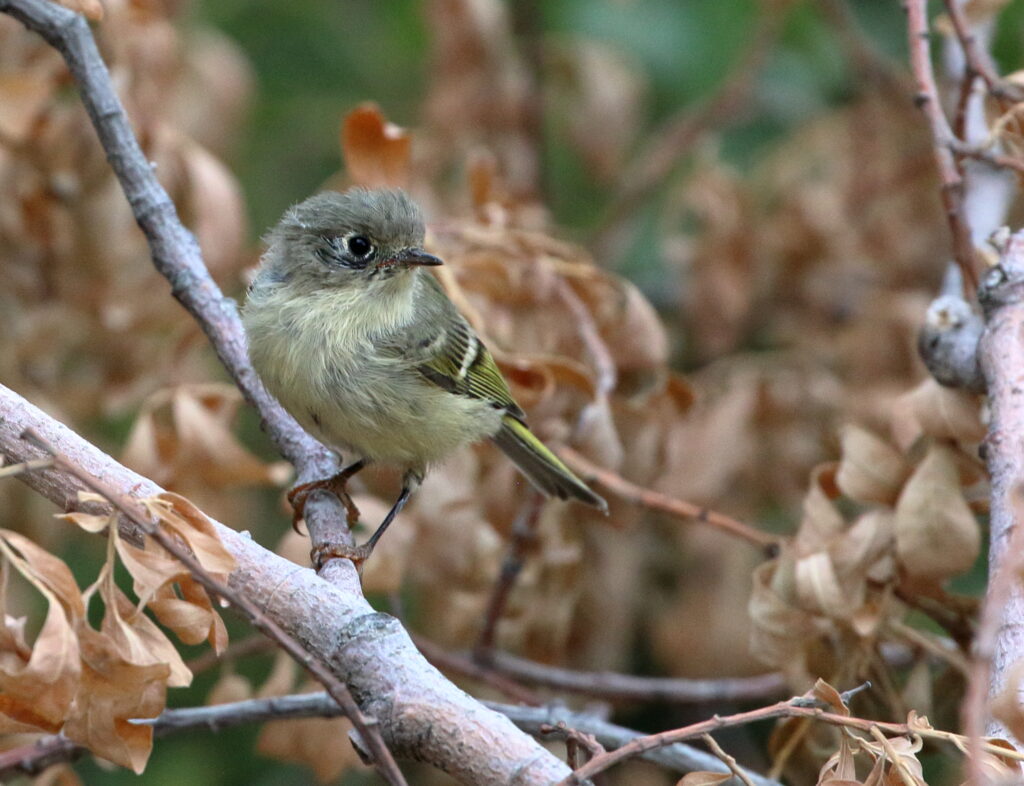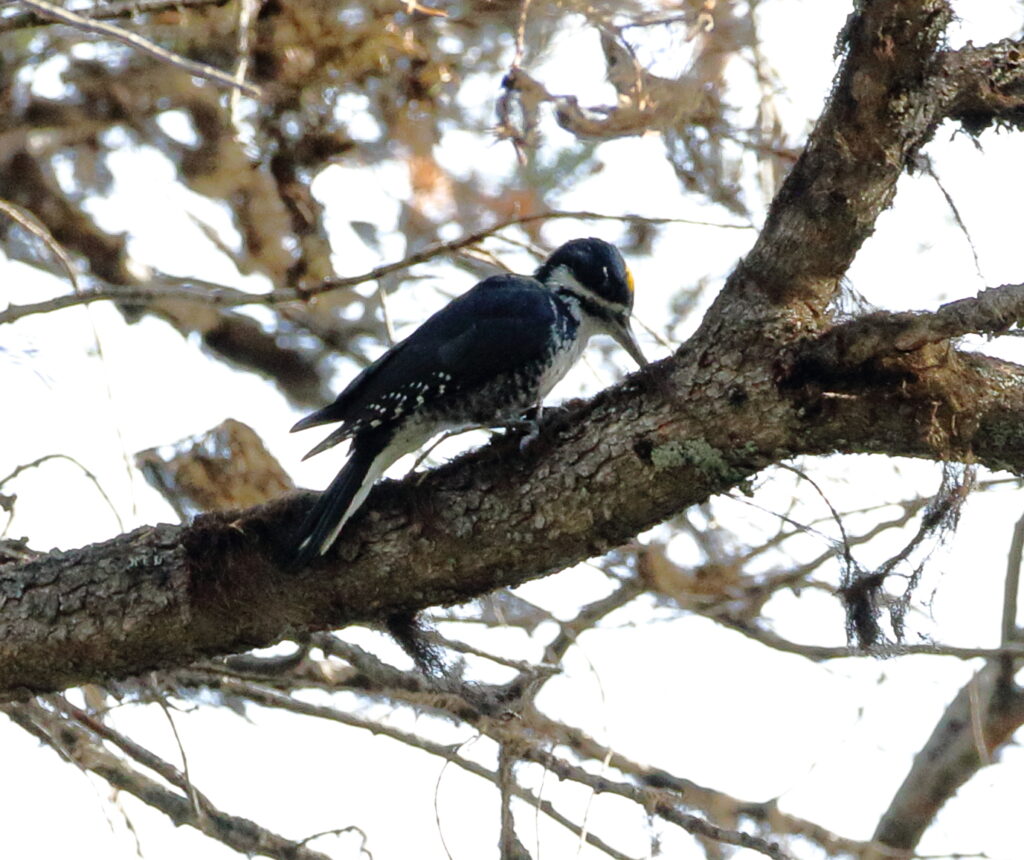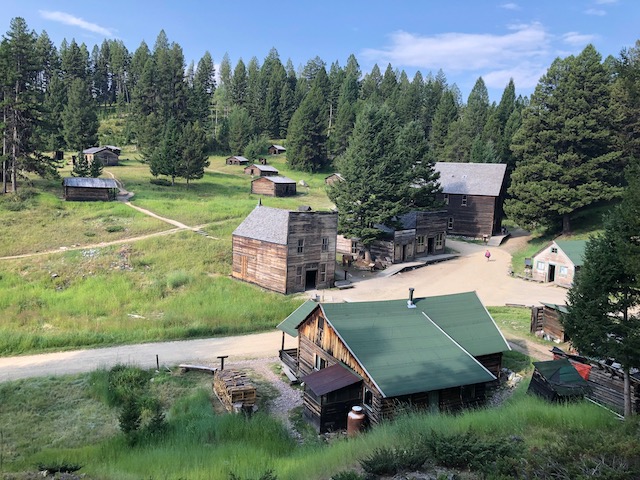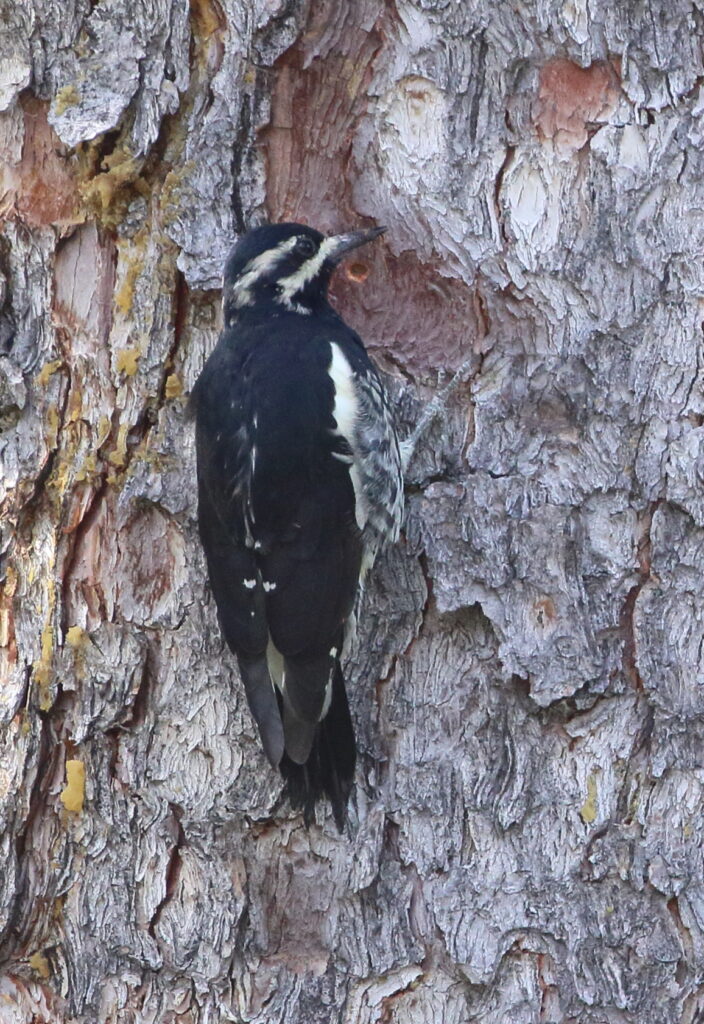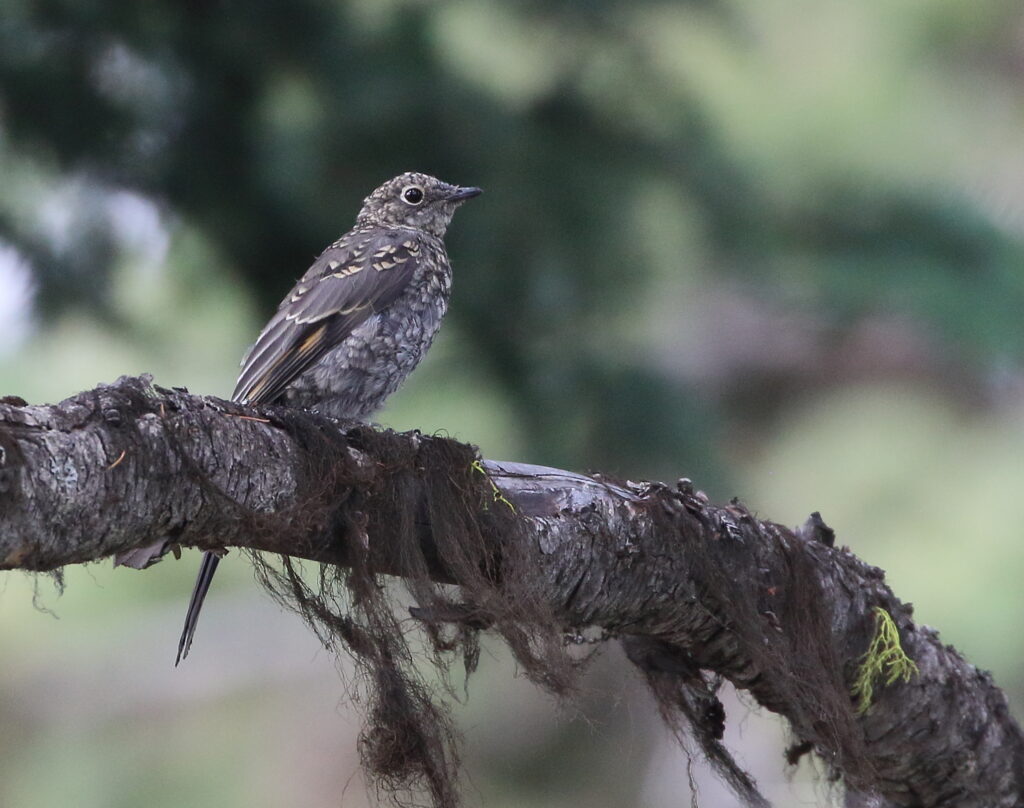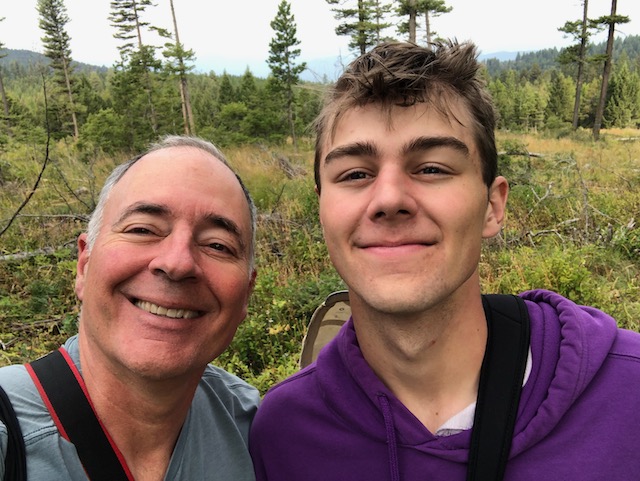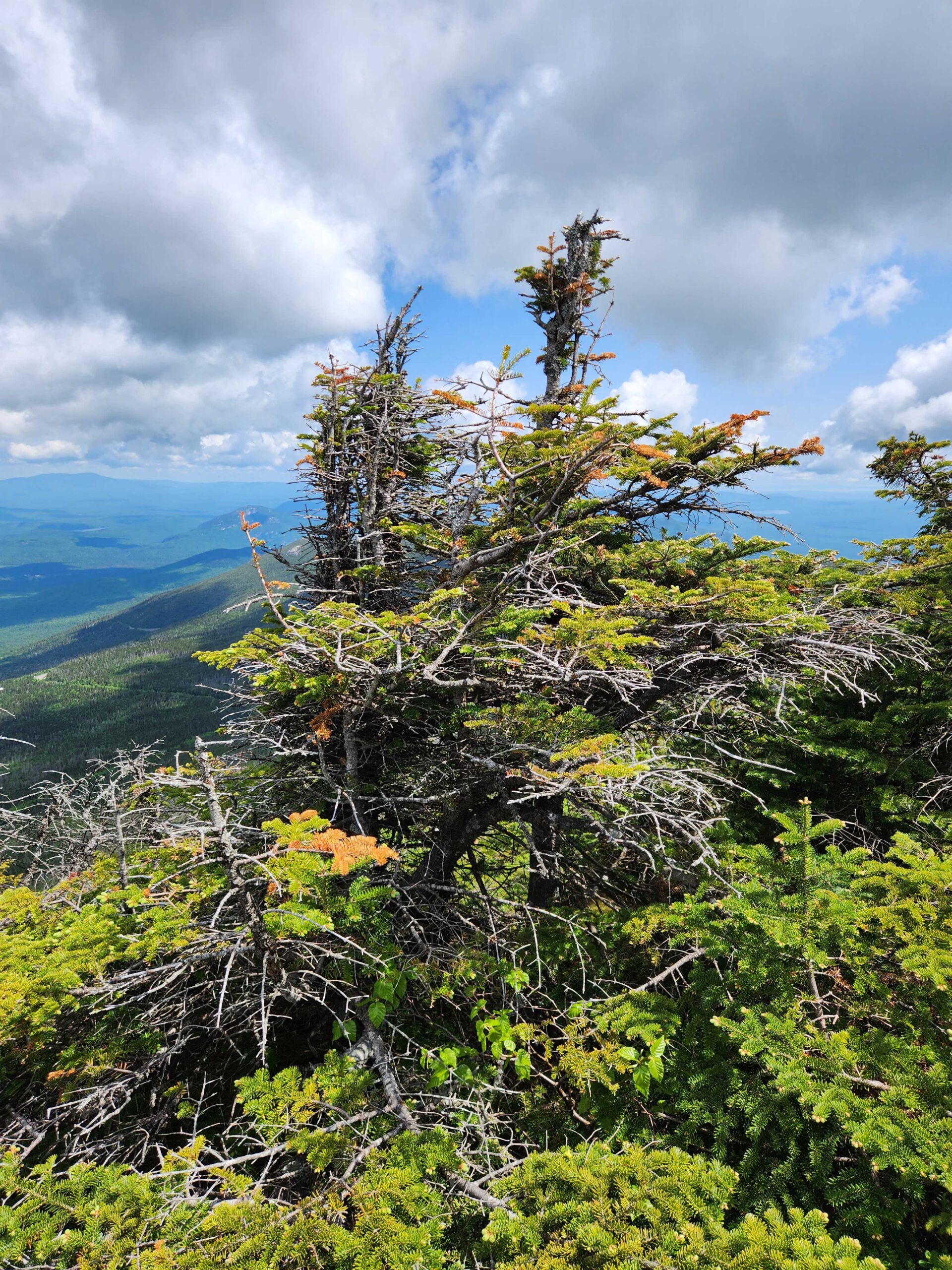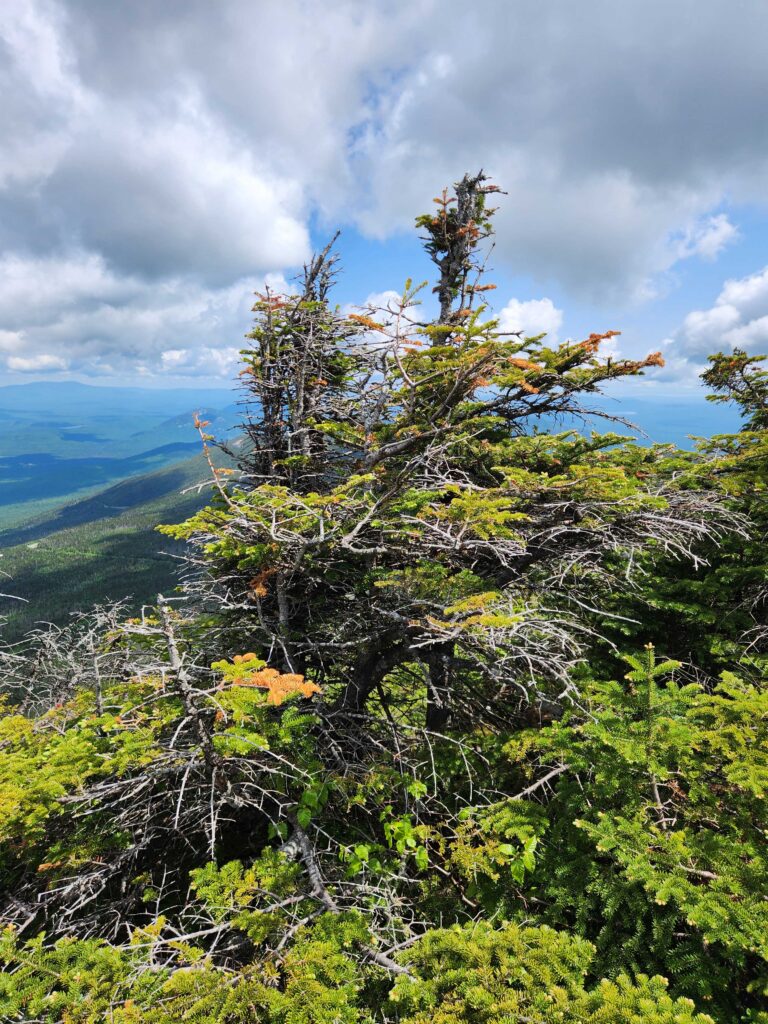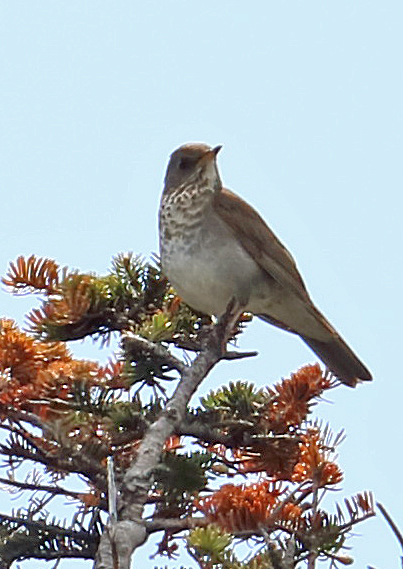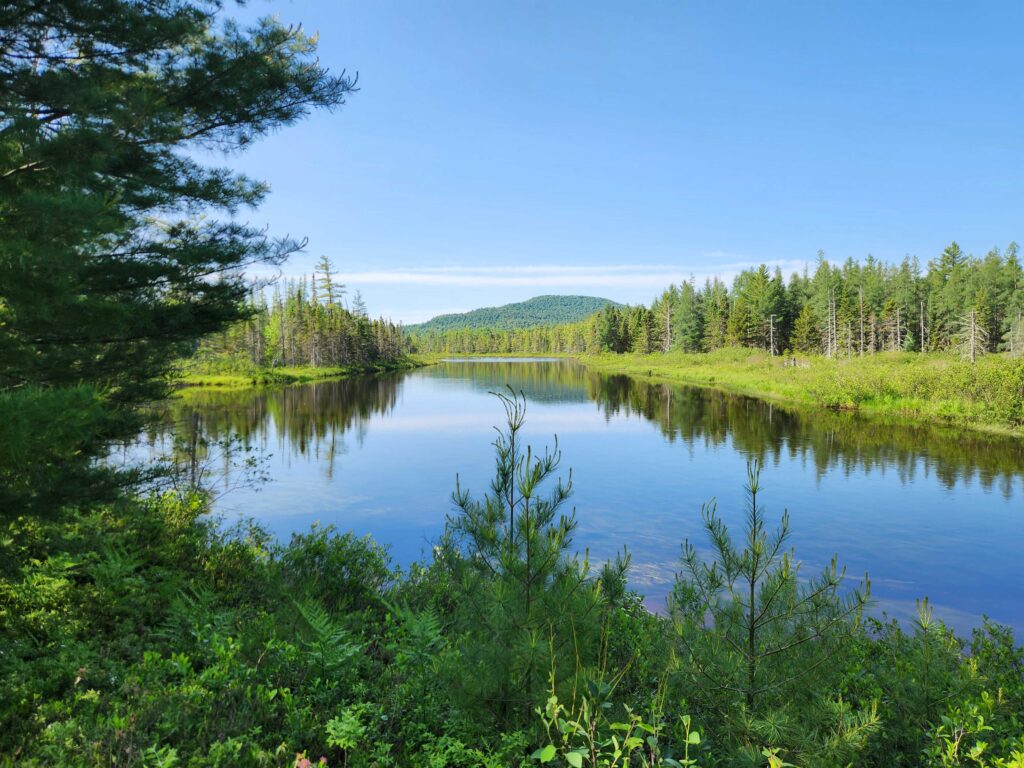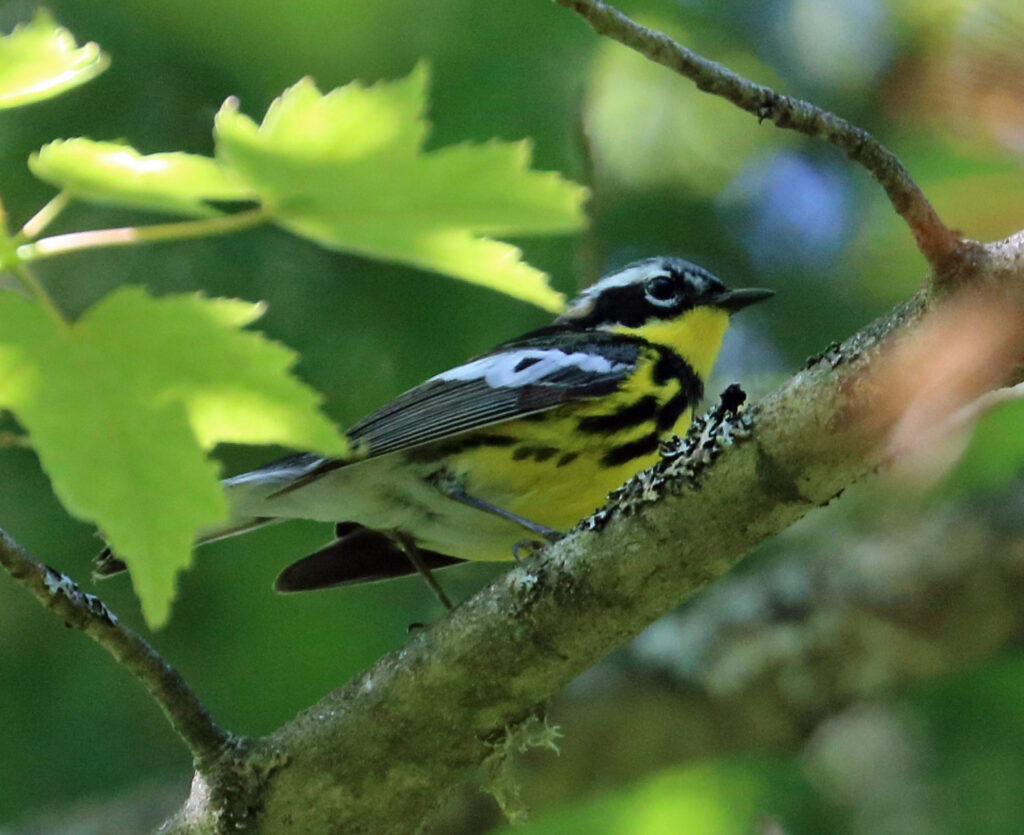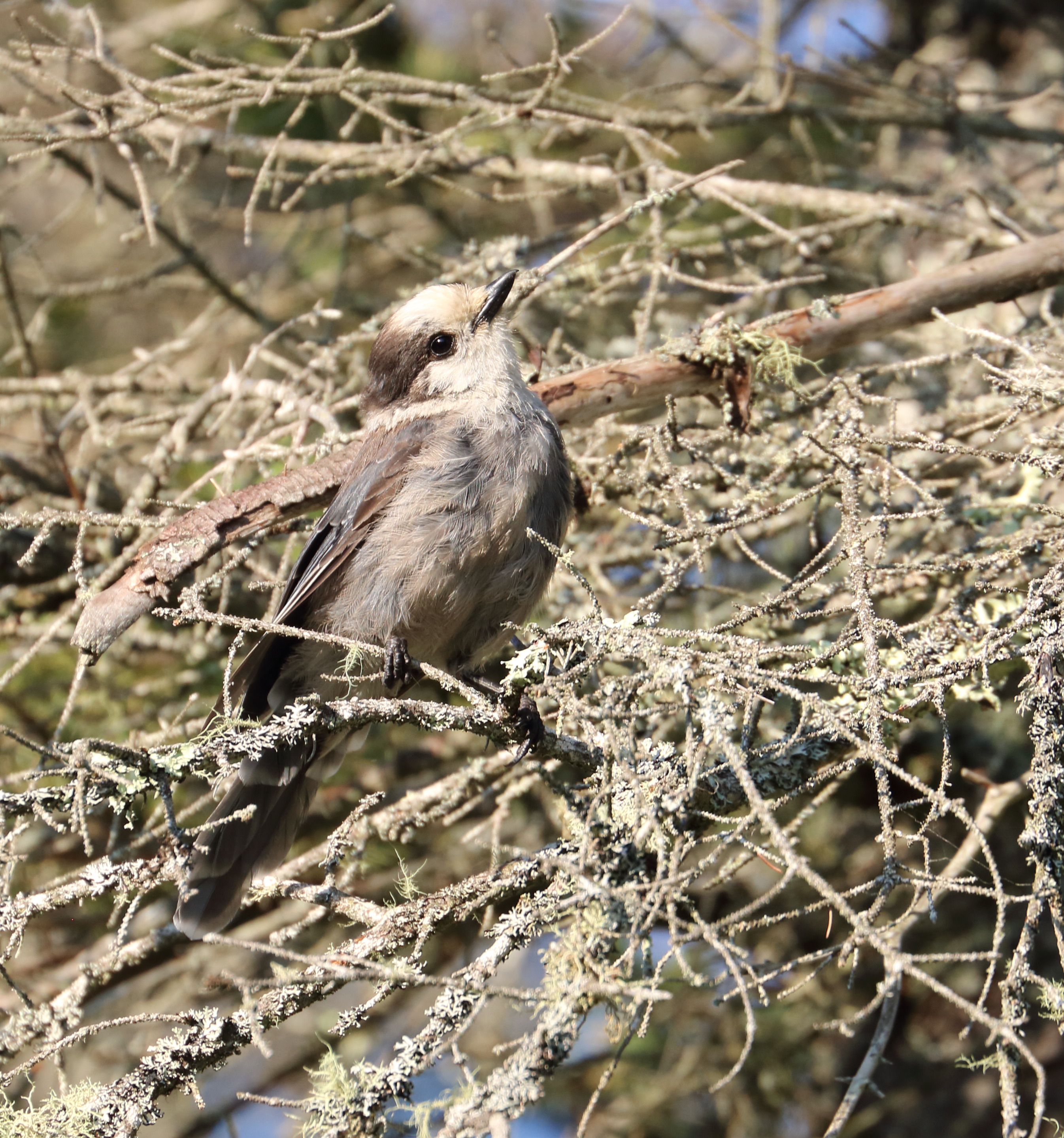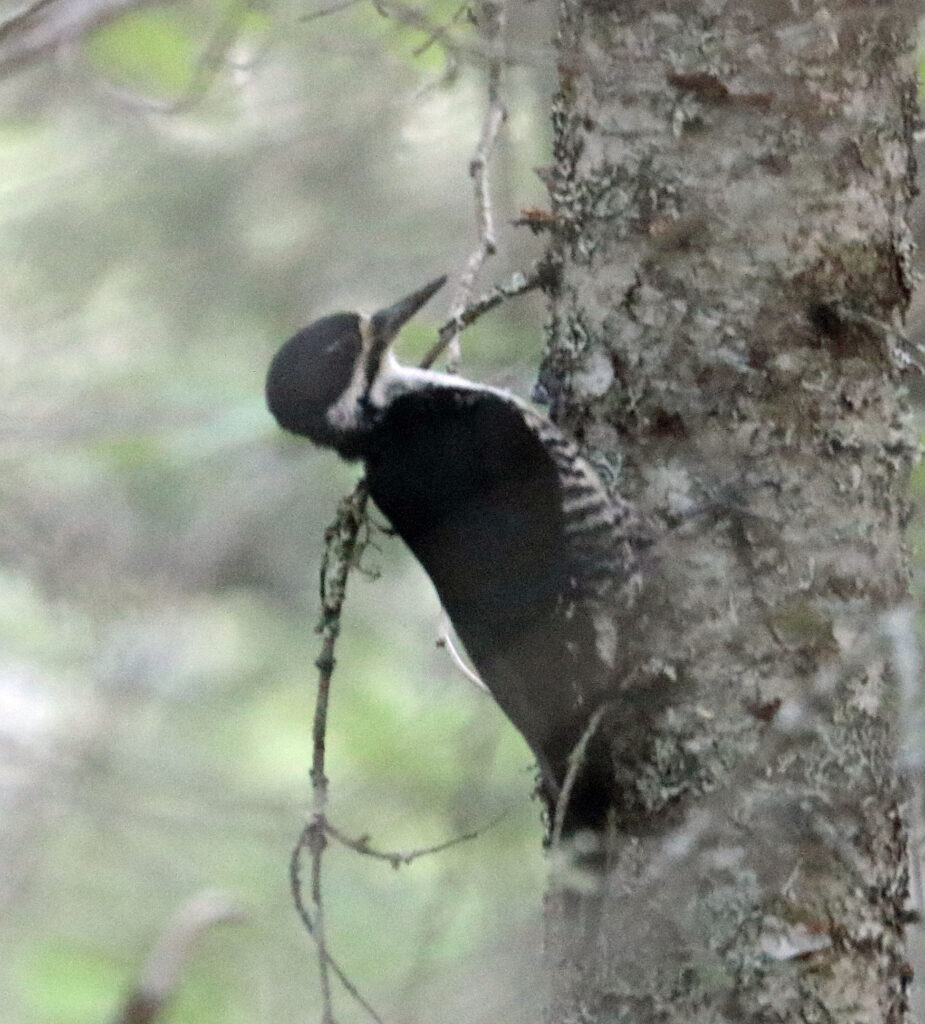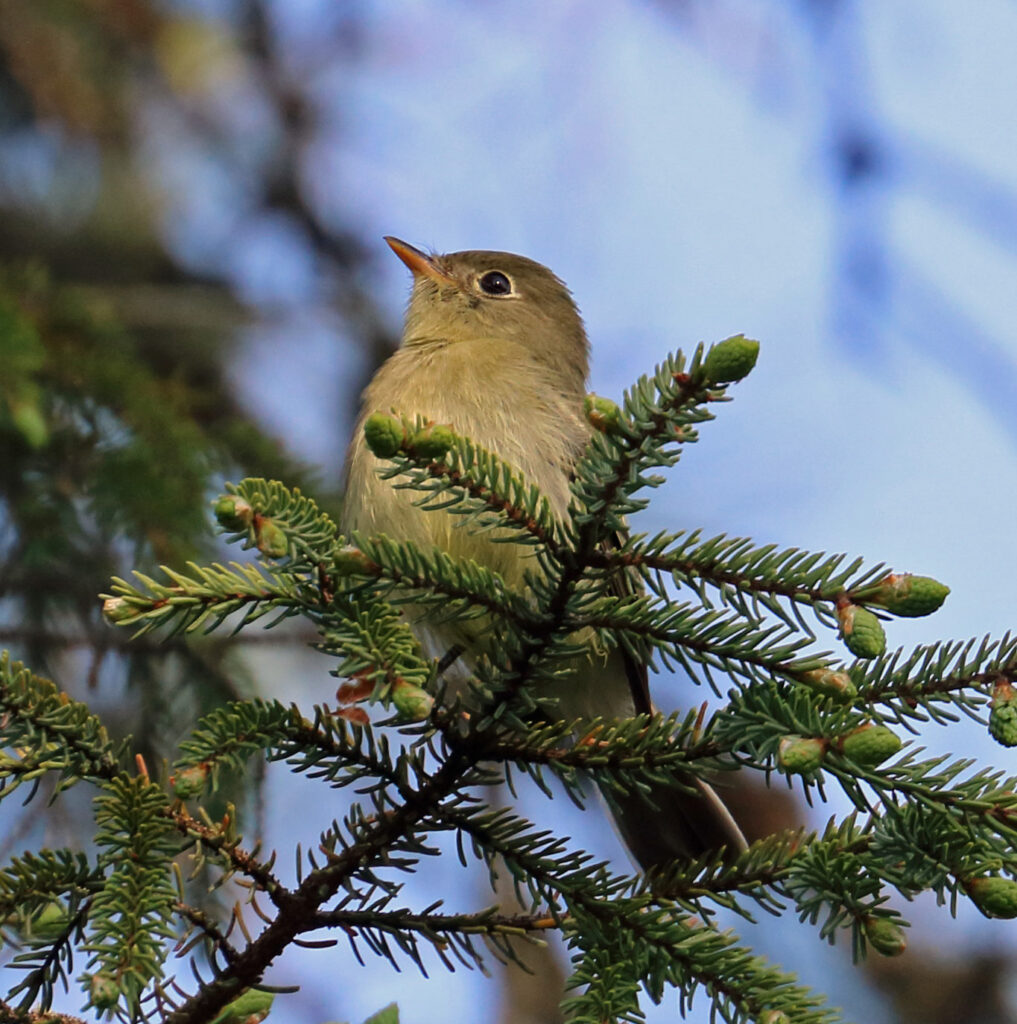FatherSonBirding is a totally free, non-commercial blog that Braden and I write to share our passion for birds and birding, and to help educate others about birds and bird conservation. We do not accept donations, but if you would like to support us in our endeavors, please consider purchasing *new copies* of one or more of Sneed’s books—the new picture book Border Crossings, for example. These books are widely available online or can be ordered from your local independent bookstore. Oh, and they make great holiday gifts! Thank you for your support.
In previous posts, we may have mentioned that when we first began birding, Braden and I pretty much ignored the fall. Once spring migration and breeding petered out, we figured, how exciting could it be? The answer, we’ve learned, is: Plenty! In past posts, Braden and I have focused on fall shorebirds, but in the last couple of weeks alone, I’ve also watched waves of Savannah Sparrows, Yellow-rumped Warblers, American Pipits, Ring-necked Ducks, and a whole slew of raptors cascading through Montana. This fall, I’ve especially been impressed by White-crowned Sparrows.
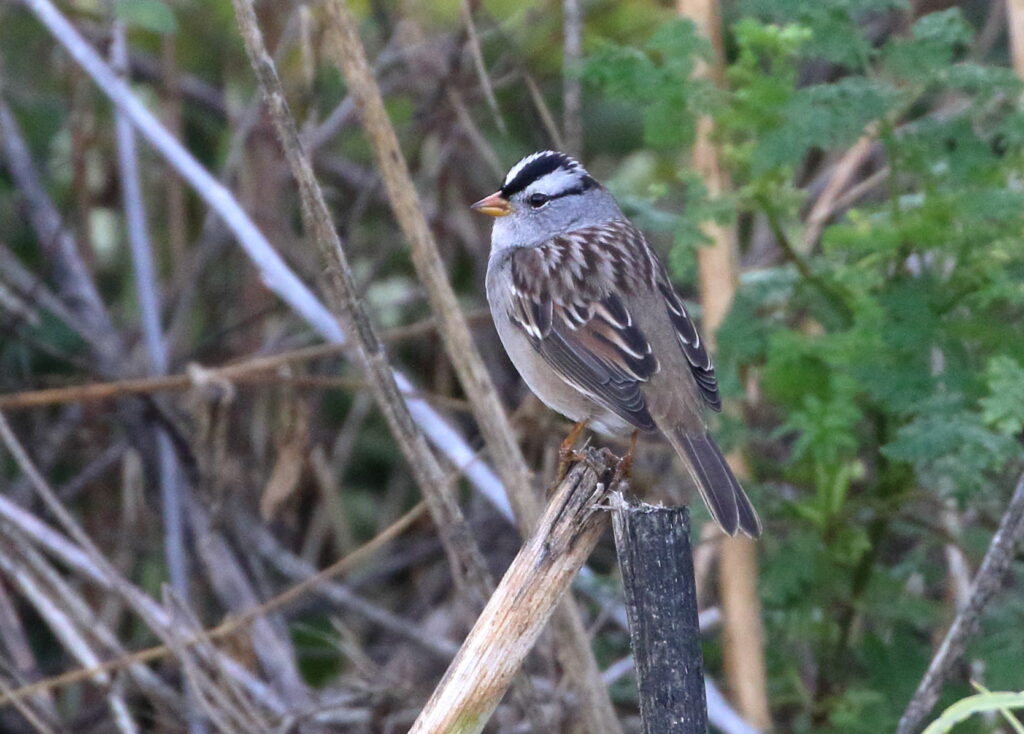
If you live in California or parts of the Great Basin, you probably don’t give White-crowned Sparrows much thought. After all, you can see them all year round, and they may even be the most abundant native sparrow you encounter. The same goes for much of the rest of the country, where White-crowned Sparrows overwinter, basically from coast to coast.
Here in Montana, it’s a different story. In spring, White-crowneds zoom through the state on their way to our high mountains or far north Alaska and Canada to breed. Our most impressive encounter? Watching a male singing to high heaven on its breeding territory in Glacier National Park (see our post, “Are You Ready for the Quach?”). Our best chance at seeing them, however, is in the fall, when they saunter through at a more leisurely pace.
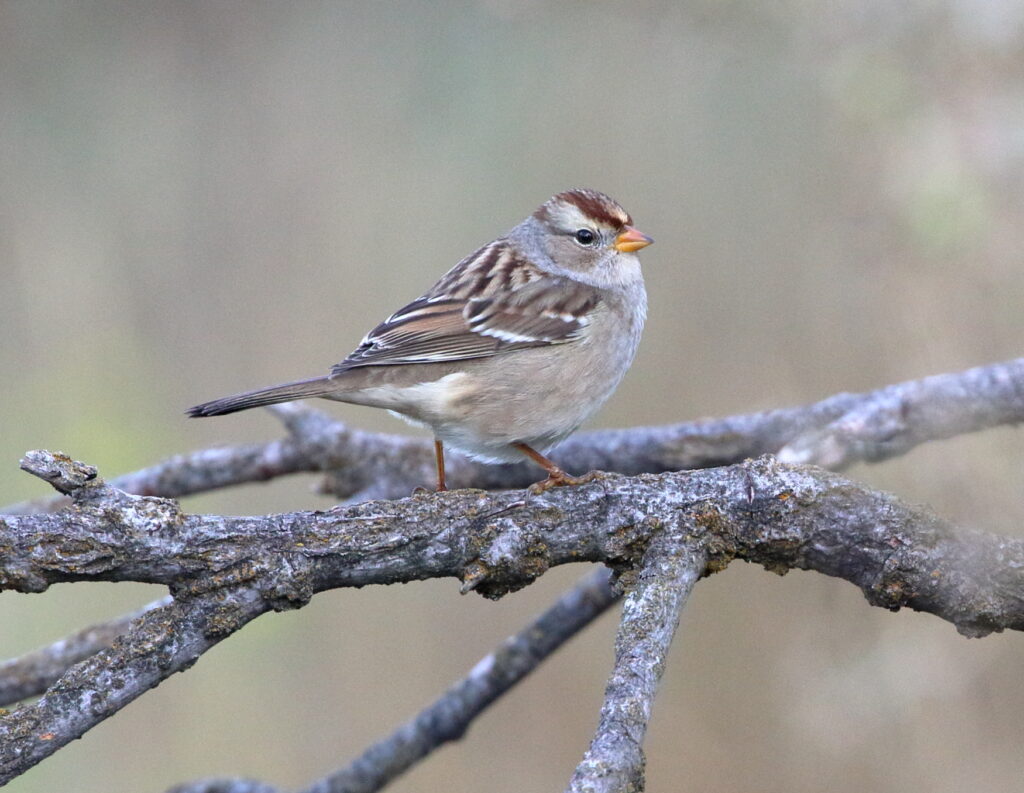
Scientists recognize at least four sub-species of White-crowned Sparrows, and choose them as a favorite research animal both because of how common they are, and how easy they are to keep in captivity. Many studies have focused on song learning in the birds, and it seems that different populations, like humans, learn different dialects based on what they’re hearing around them. Researchers even talk of “bilingual males” that live on the borders between different populations. Breeding males aggressively defend their territories by flying at intruders, puffing out their feathers and crests, and singing loudly. They may even “wrastle” with their feet—a sparrow’s version of Brazilian jiu-jitsu!
Each fall, I usually see White-crowneds in a couple of different locations around Missoula, including a skulky adult that often shows up for a day or two in our backyard. This year, though, it seems I’ve been seeing White-crowned Sparrows almost everywhere I look. In September alone, I recorded seven sightings of White-crowneds. I was sure this must be some kind of personal record, and it led me to believe that these delightful songbirds might be having an especially great year.
Not so fast.
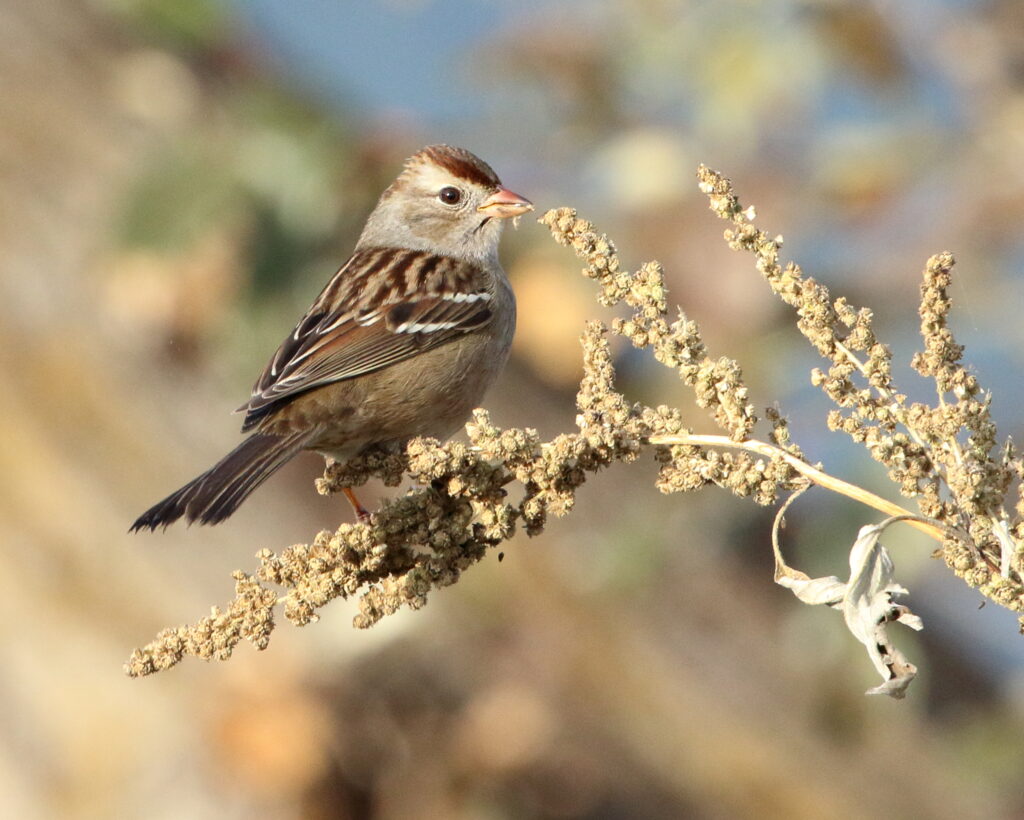
One of the wonderful things about eBird is that you can quickly go back through all of your species observations for a particular place and/or time of year. Searching through my White-crowned Sparrow records, this is what I found:
2015: 1 sighting
2016: 0 sightings (our ABA Big Year!)
2017: 8 sightings
2018: 4 sightings
2019: 11 sightings
2020: 18 sightings
2021: 14 sightings
2022: 5 sightings
2023: 11 sightings (so far)
At first glance, you might think this data reveals good and bad years for White-crowned Sparrows. Alas, that may or may not be true. Why? For the simple reason that my birding effort also has its “good” and “bad” years. You’ll note that by far my biggest year for WCSPs was 2020. Well, guess what? That’s the year Braden and I were doing our Montana Big Year, trying to find as many species as possible in our state from January through December. It was the year we most likely spent the greatest number of hours and days birding here, and so it’s no surprise that our White-crowned Sparrow sightings peaked that year.
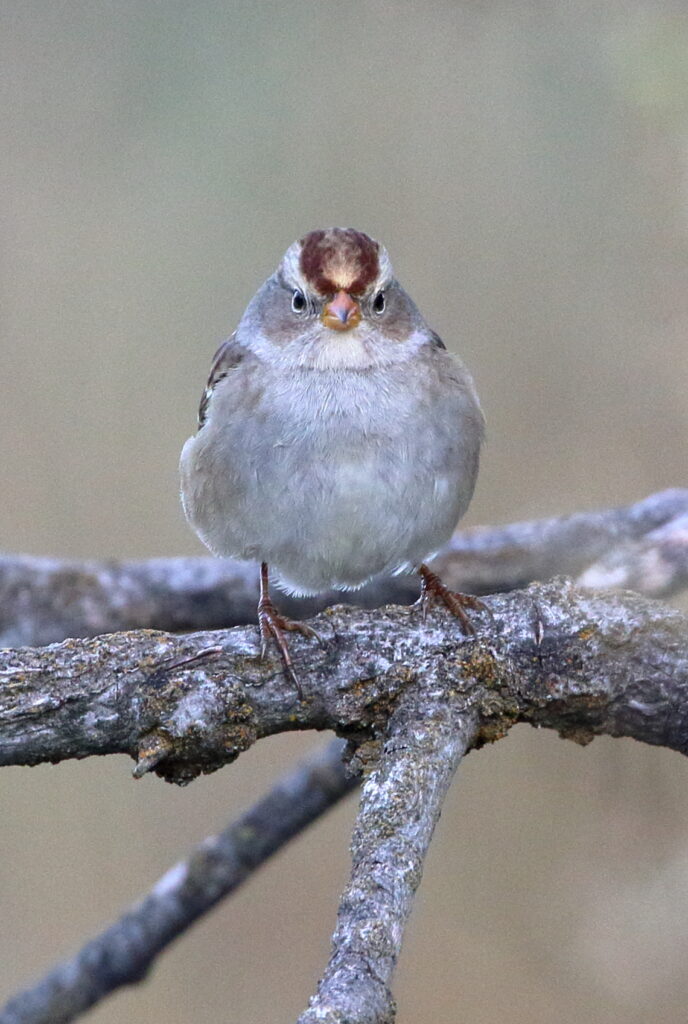
If we really wanted to start getting a handle on good and bad years, we would have to introduce some consistency to our birding madness by sampling spots at the same times and same locations throughout the year or season. This, in fact, is one way scientists study bird populations. They return to places at the same times and for the same durations every year. Braden spent this past summer doing “point counts” for songbirds in eastern Pennsylvania. He visited locations (“points”) that other field biologists had sampled in past years and at each point, he looked and listened for ten minutes, recording all of the birds that he detected.
I have done a similar thing in our own neighborhood, but on a much more informal basis. From spring through fall, every weekend or two, I walk our dog Lola on a particular neighborhood route at about the same time of day, recording all the bird species I detect. I call the route “Old Pond Road” and here are this year’s results (also see our post “Best Fall Warbler Flock Ever!”):
May 14: 18 species
June 3: 14 species
June 24: 20 species
July 1: 16 species
July 9: 16 species
July 15: 12 species
July 23: 12 species
August 12: 10 species
August 27: 21 species
September 5: 5 species
September 10: 11 species
September 16: 8 species
September 24: 8 species
September 30: 12 species (this morning)
I am the first to admit that this is not a rigorous study. I birded at different times of the morning, put in varying amount of effort—and I have lousy ears, so I’m definitely not hearing everything that’s around me. Still, you can see some interesting patterns. Species numbers came on strong in the spring breeding season, slumped in mid-summer, and then hit a high for the year in fall migration. Now, as the passerines (songbirds) have mostly passed through heading south, things are settling down to those hardy year-round residents that can handle a Montana winter.
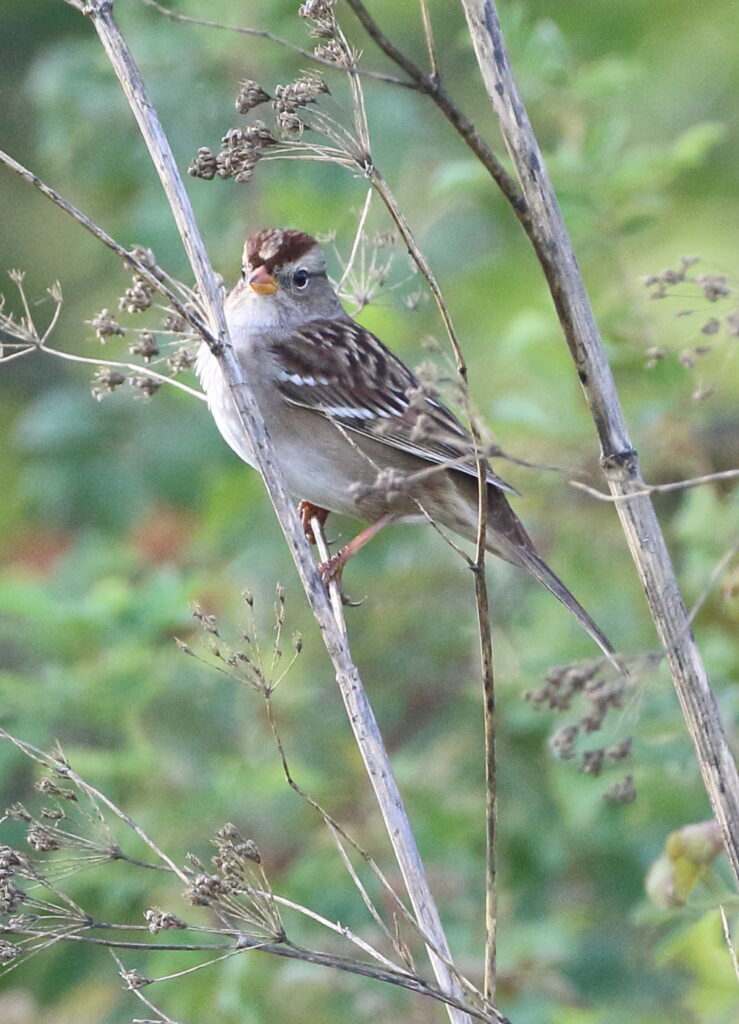
I encourage all of you to start your own neighborhood bird studies. Even with my rather haphazard approach, my data may come in useful to a scientist one day. Just as important, this study has taught me a lot about the birds living in my neighborhood—and it will for you, too. To begin, you’ll want an eBird account, of course. After that’s set up, though, just pick out a favorite route and begin birding it at about the same time every week or month. In no time, a year or two will pass and you’ll be able to look back on some interesting results that will teach you and help you appreciate this remarkable world around us.
As for the White-crowneds, I will continue to be glad to see them and will welcome them back any time—whether or not they’re having a particularly good year.
